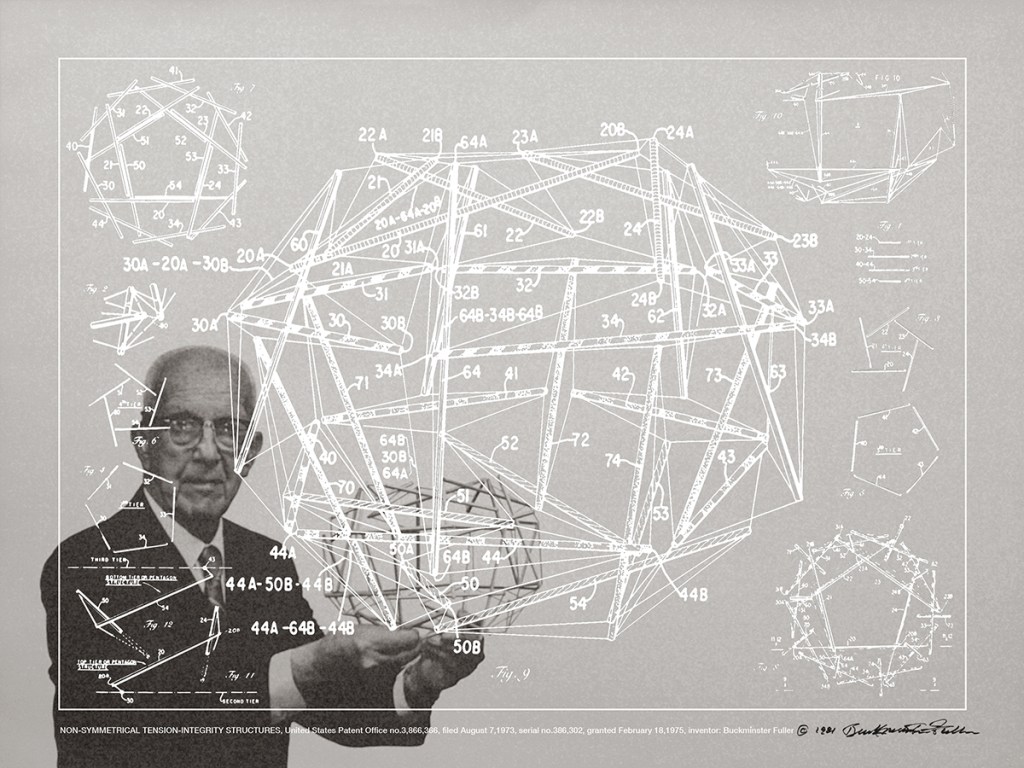An upcoming exhibition at the Edward Cella Art & Architecture in Los Angeles will display a rarely seen selection of original drawings, screen-prints, models, and objects by late American architect R. Buckminster Fuller. The exhibition, which will be accompanied by two public programs—organized and presented in collaboration with the Buckminster Fuller Institute—will be the first of its kind to be displayed in LA. The show will open Sept. 8 and will end Nov. 3.

Courtesy Edward Cella Art & Architecture
Motor vehicle, Dymaxion car (1981)
Titled “R. Buckminster Fuller: Inventions and Models,” the show will be centered around a collection of Fuller’s “Inventions” portfolio of patents that includes the 20-foot-long, three-wheeled Dymaxion Car and the iconic Geodesic Dome. Visitors will also have a chance to see the architect’s collection of steel and wire tensegrity models, depicting complex, repeatable geometric elements in their structural design. Other works on display include large-scale models such as the Closest Packing of Spheres, the Duo-Tet Star Polyhedras, and the 21-foot-long, multi-hull rowing shell called the Dymaxion Rowing Needle. These works, according to a press release, demonstrate “the hybridity of Fuller’s practice, and his legacy across the fields [of] art, design, science, and engineering.”
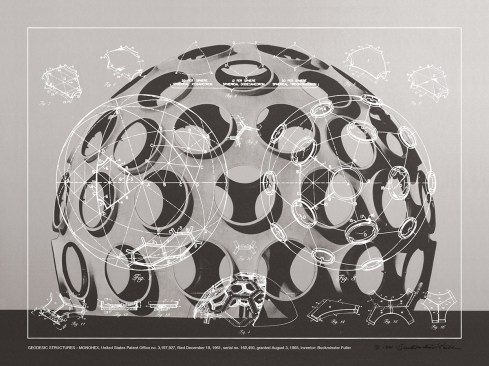
Courtesy Edward Cella Art & Architecture
Geodesic Structures, Monohex (1981)
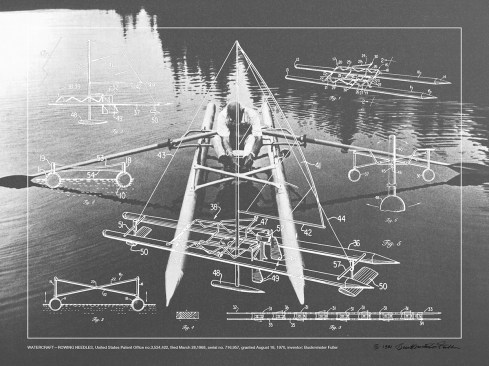
Courtesy Edward Cella Art & Architecture
Watercraft, rowing needles (1981)
“The exhibition reveals Fuller’s dedication to the potential of innovative integrated design and technology to revolutionize construction and improve human life,” according to a press release. “[His] ability to think across disciplines, connecting the worlds of science, engineering, architecture, design, and art … was one of his most important and lasting contributions.”
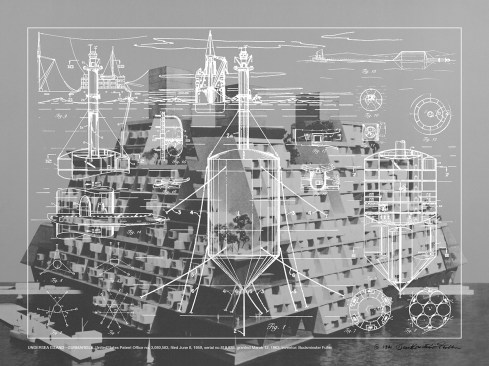
Courtesy Edward Cella Art & Architecture
Undersea Island, submersible (1981)
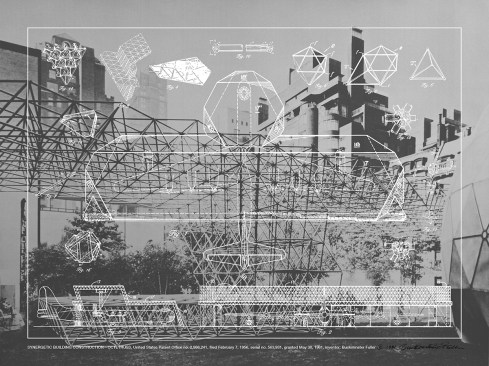
Courtesy Edward Cella Art & Architecture
Synergetic building construction, Octetruss (1981)
The exhibition was produced in collaboration with Cincinnati Carl Solway Gallery.
